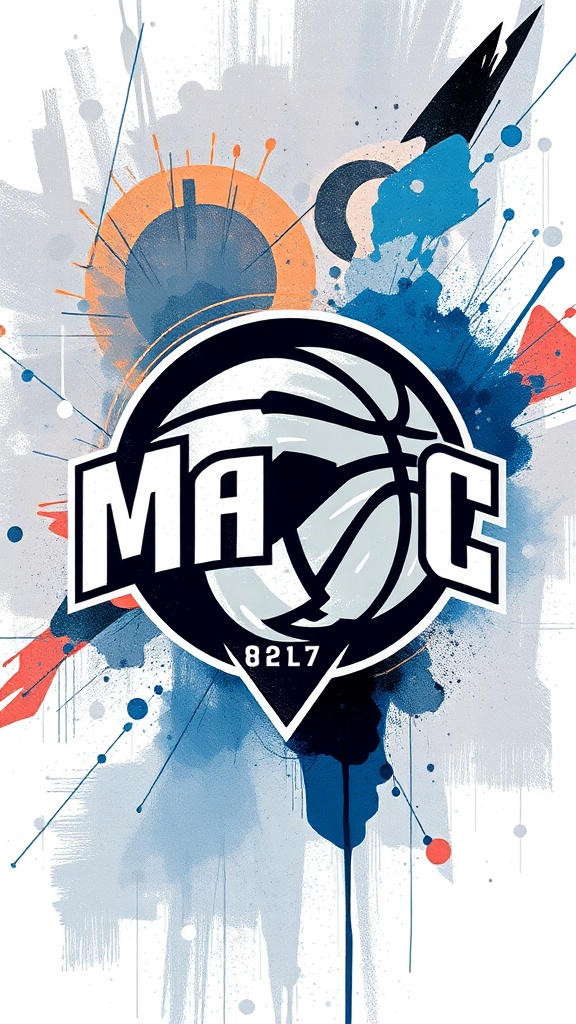Orlando Magic: Building a Contender Around a Young Core
The Orlando Magic have steadily shifted from a rebuilding franchise into a team with real playoff aspirations. That transformation centers on a young core that blends size, versatility, and playmaking, plus a coach focused on defensive identity and spacing. Fans following the Magic should watch how roster construction, player development, and strategic adjustments come together to determine whether the club can take the next step.
Core strengths
– Frontcourt versatility: The team’s primary scorers combine interior scoring with perimeter skills. A talented young forward serves as a reliable primary option who can create for himself and others, while a skilled wing offers consistent three-point shooting and defensive mobility. That mix allows for multiple lineup configurations, from small-ball spacing to more traditional frontcourt minutes.
– Guard play and playmaking: Backcourt pieces have improved decision-making and shot creation. The starting guard brings energy and defensive intensity, while secondary ball-handlers provide pick-and-roll threats and clutch shooting. This balance reduces late-game stagnation and opens driving lanes for the bigs.
– Defensive focus: Coaching has emphasized switching, rim protection, and communication. When rotations click, the Magic can contest shots effectively and generate transition opportunities off stops, which is crucial for competing against high-powered offensive teams.

Areas to watch
– Perimeter shooting consistency: Spacing is vital to unlock the offense. If three-point percentage dips, opposing teams can clog the paint and force contested looks.
Adding reliable outside shooters—either through internal development or targeted signings—remains a priority.
– Bench depth and veteran leadership: Depth wins long playoff series. The bench must bring defense, shooting, and steady playmaking to maintain leads when starters rest. Veteran additions who provide situational savvy and mentorship can accelerate the development of younger pieces.
– Health and load management: Young stars must build durability. Smart load management, rotation control, and conditioning will determine how deep the core can go into a long season and postseason stretch.
Front office approach
The front office appears committed to a balanced strategy: develop homegrown talent while using draft capital and cap flexibility to add complementary veterans.
Smart mix-and-match trades and cap-savvy free agent moves are likely to be prioritized over risky large-scale signings.
Analytics inform lineups and matchup choices, but the overarching philosophy remains player development and sustainable roster construction.
What to expect from the coach
Coaching emphasizes defensive discipline, efficient ball movement, and exploiting mismatches. Lineup tinkering is common to find the best chemistry; expect the coach to favor two-big and small-ball sets depending on matchups. In-game adjustments—particularly on the defensive end—will be a key differentiator in close contests.
Fan experience and home-court edge
The Amway Center continues to be one of the more electric arenas in the league. A passionate fanbase that has grown with the team’s success creates a tangible home-court advantage. Expect themed nights, strong local engagement, and community initiatives that keep attendance and enthusiasm high.
Key players to watch
– The primary forward: A centerpiece who can score from all three levels and create for teammates.
– The two-way wing: Provides defensive stops and spacing—often a matchup problem for opponents.
– The playmaking guard: Controls tempo, generates assists, and makes late-game plays.
For fans and bettors alike, follow health reports, lineup rotations, and three-point shooting trends. These indicators often forecast short-term swings in performance. The Magic are in an exciting phase—if development continues and the front office stays disciplined, the team could be a tough out in the postseason and a consistent contender in the years ahead.